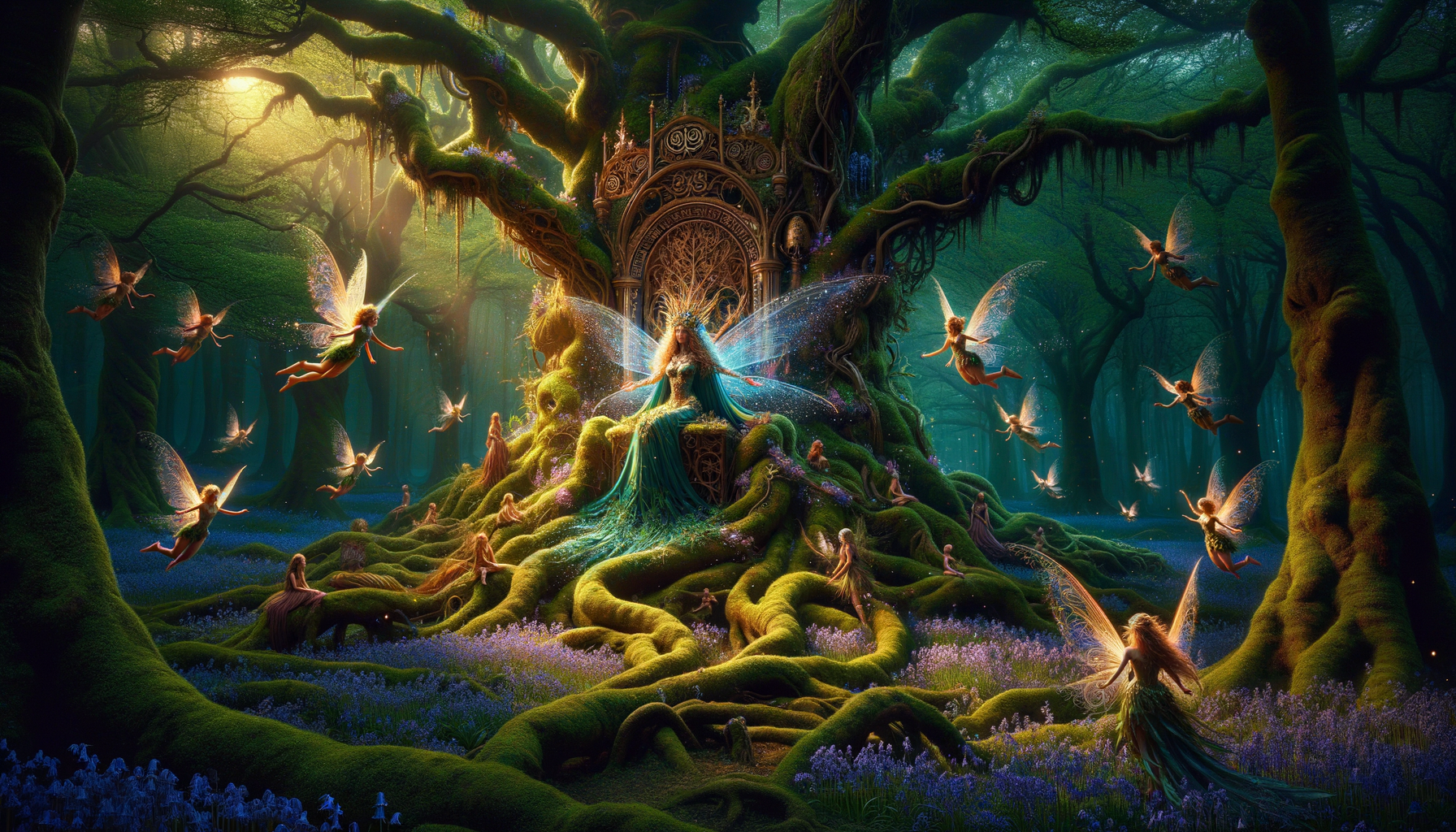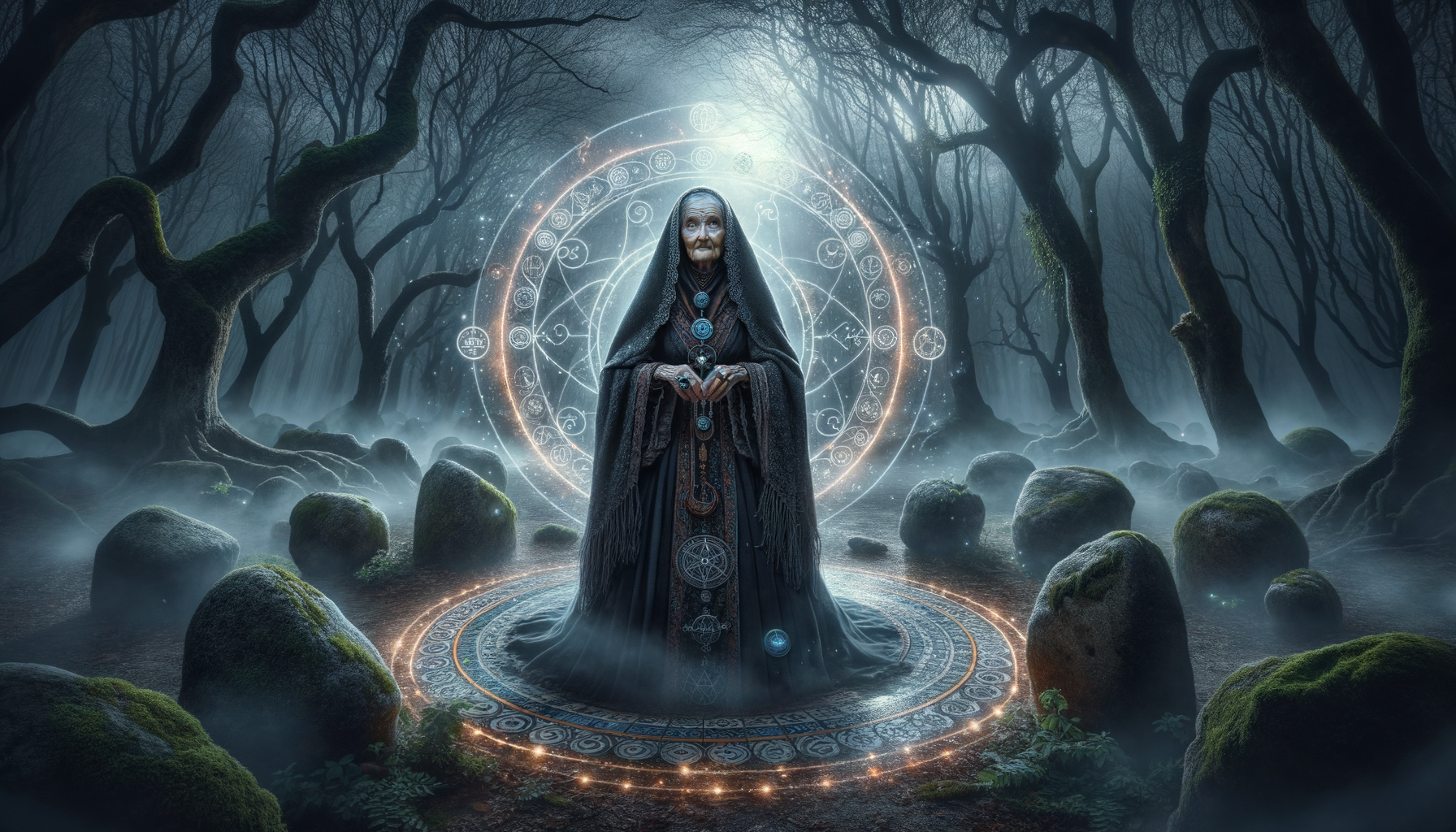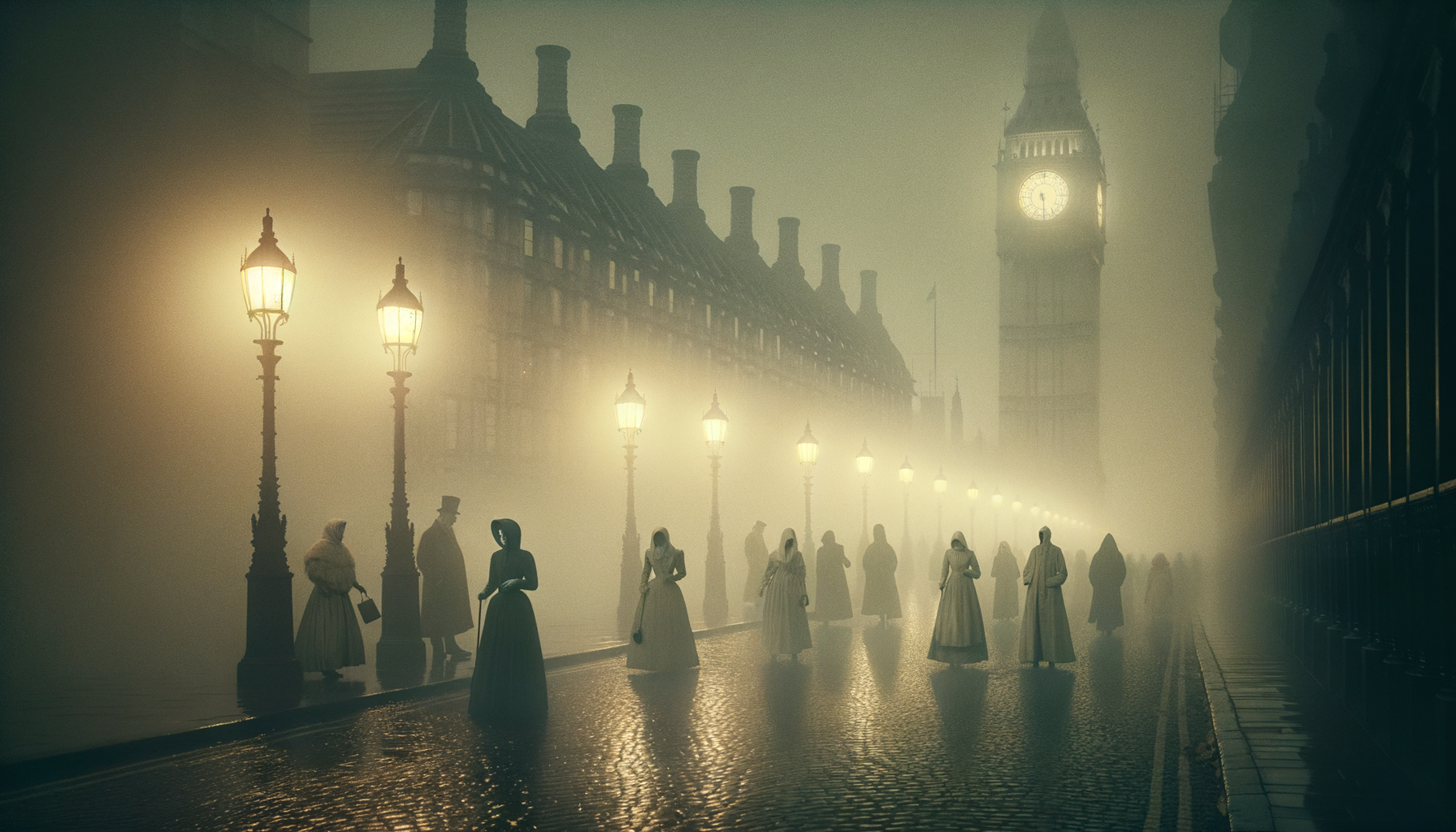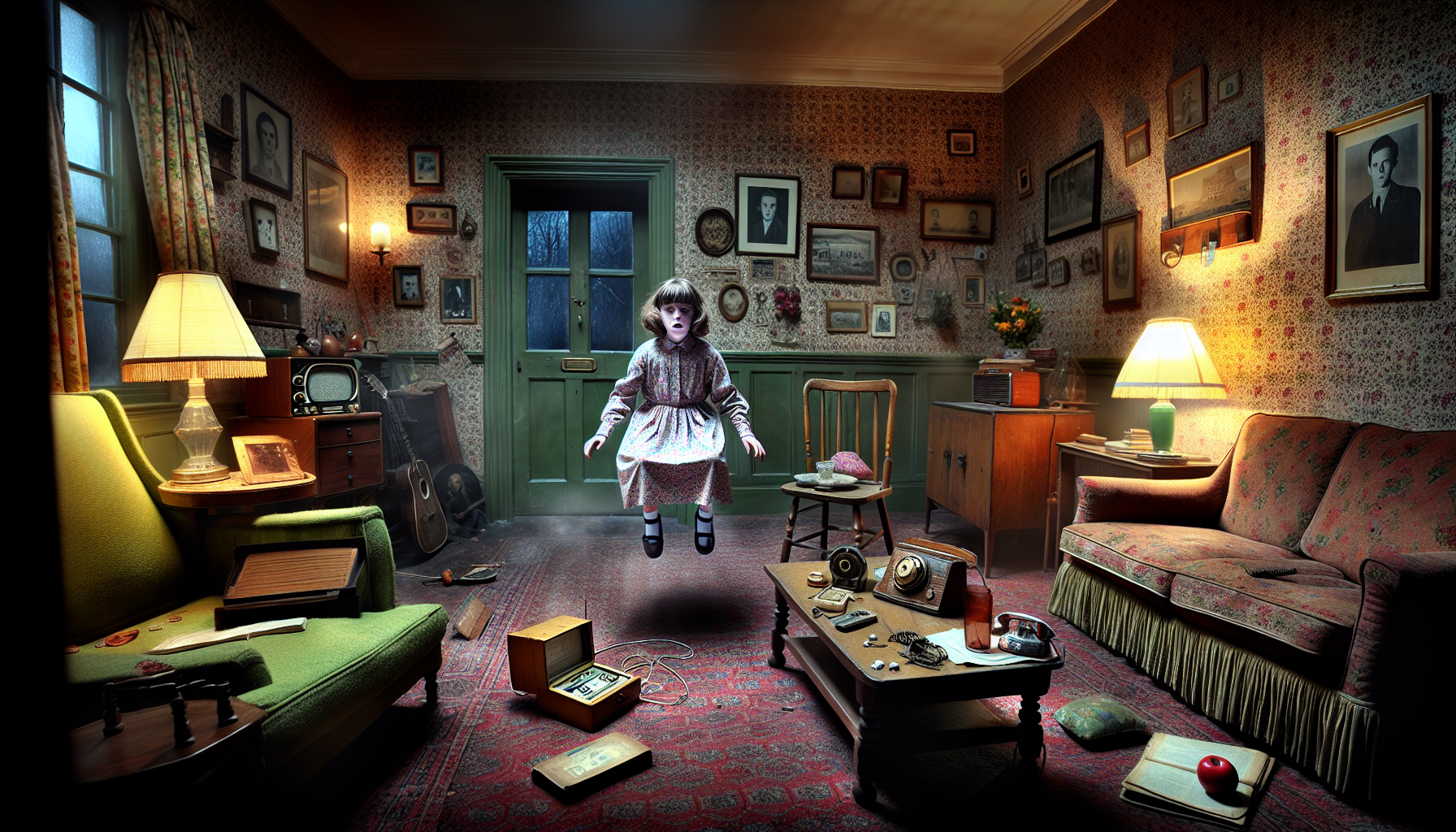Read into the mystical world of British faerie folklore and enchanting faerie legends. Discover fascinating tales and timeless stories about these magical beings.
Welcome to the enchanting realm of British faerie folklore and legends! Did you know that tales of faeries, these mystical and often mischievous creatures, have been part of British culture for centuries? From the green hills of Scotland to the ancient forests of England, faerie stories are woven into the very fabric of the land. Whether you’re a seasoned folklore enthusiast or a curious newcomer, this article will guide you through the captivating world of British faeries, exploring their histories, myths, and cultural significance. Get ready for a magical journey!
The Origins of British Faerie Folklore
Ancient Roots
Faerie legends in Britain have roots that stretch back to pre-Christian times. These stories have been passed down through generations, evolving and intertwining with the beliefs of the people. Even before the advent of Christianity, the inhabitants of the British Isles believed in a world teeming with mystical creatures, including faeries, which were thought to inhabit the land, forests, and waterways. These early legends laid the foundation for the rich tapestry of faerie folklore that has persisted through the centuries.
Celtic Influence
The influence of Celtic mythology on British faerie tales is profound. The Celts, who inhabited Britain before the Roman conquest, had a pantheon of gods and mystical beings, many of which found their way into faerie lore. The Tuatha Dé Danann, a race of supernatural beings in Irish mythology, are often considered precursors to the faeries of later folklore. Their stories of magic, battles, and interactions with humans have deeply influenced the faerie tales that developed in Britain.
Historical Accounts
Early texts and manuscripts provide fascinating glimpses into how faeries were perceived in historical times. Medieval chronicles, such as the works of Gerald of Wales, contain references to faeries. Additionally, manuscripts like “The Book of the Dun Cow” and “The Book of Leinster” include stories that feature faerie-like beings. These historical accounts not only offer valuable insights into the evolution of faerie folklore but also reflect the cultural and societal beliefs of their times.
Types of Faeries in British Legends
Seelie and Unseelie Courts
In British folklore, faeries are often divided into two distinct groups: the Seelie Court and the Unseelie Court. The Seelie Court is comprised of benevolent faeries who are generally kind to humans, though they can be mischievous. They are often depicted as beautiful and enchanting beings who may offer help or guidance. In contrast, the Unseelie Court consists of malevolent faeries who are more likely to cause harm or mischief. These faeries are often associated with darker, more ominous aspects of folklore.
Household Faeries
Household faeries play a significant role in British myths. Brownies, for instance, are helpful spirits that assist with household chores in exchange for small offerings of food. However, if they are mistreated or neglected, they can turn into Boggarts, causing chaos and mischief. Other household faeries include Hobs and Pucks, each with their own unique characteristics and stories. These faeries were believed to be integral to the smooth running of a home and were both respected and feared.
Nature Spirits
Nature spirits are another important category of faeries in British folklore. Pixies, for example, are small, playful faeries associated with the West Country, particularly Devon and Cornwall. Spriggans are more malevolent nature spirits believed to guard treasures and ancient sites. Will-o’-the-Wisps, or ghostly lights seen over marshes, are thought to be faeries leading travelers astray. These nature spirits reflect the deep connection between the natural world and the mystical in British folklore.
Famous British Faerie Legends
The Faerie Queene
Edmund Spenser’s epic poem “The Faerie Queene” is one of the most significant works in English literature. Written in the late 16th century, it allegorically represents the virtues of the time through a series of adventures involving knights and faeries. The poem not only solidified the presence of faeries in literary tradition but also influenced how faeries were perceived in cultural contexts.
Thomas the Rhymer
The legend of Thomas the Rhymer, a Scottish laird taken to Elfland by the Queen of Faeries, is a fascinating tale that has endured through the ages. According to the legend, Thomas gained the gift of prophecy during his stay in the faerie realm. This story highlights the belief in faeries as powerful beings capable of bestowing supernatural abilities on humans.
The Cottingley Fairies
The Cottingley Fairies are perhaps the most famous faerie-related hoax of the 20th century. In 1917, two young girls from Cottingley, England, claimed to have photographed real faeries. The images captivated the public and even convinced notable figures such as Sir Arthur Conan Doyle. Although the photos were later revealed to be fakes, the incident underscores the enduring fascination with faeries in British culture.
Faerie Beliefs and Practices
Faerie Offerings
In many parts of Britain, it was customary to leave offerings for faeries to gain their favor. These offerings often included food, milk, or small trinkets. The practice was rooted in the belief that faeries could influence various aspects of daily life, from household chores to agricultural success. Leaving gifts was seen as a way to ensure their goodwill and avoid any potential mischief.
Superstitions and Warnings
Encounters with faeries were surrounded by numerous superstitions and warnings. It was believed that one should never thank a faerie for their help, as this could offend them. Similarly, stepping into a faerie ring—a circle of mushrooms—was thought to be dangerous, potentially leading to being captured by the faeries. These superstitions highlight the complex relationship between humans and faeries, characterized by both fear and reverence.
Rituals and Festivals
Traditional events celebrating faeries have been a part of British culture for centuries. Festivals like Beltane and Midsummer are closely associated with faerie lore. During these times, it was believed that the veil between the human world and the faerie realm was thin, making it easier for faeries to cross over. Rituals performed during these festivals often included dances, songs, and offerings to honor the faeries and seek their blessings.
Faeries in Modern British Culture
Literature and Media
Faeries continue to influence modern literature, films, and television. Authors like J.R.R. Tolkien and J.K. Rowling have incorporated faerie elements into their works, bringing these mythical beings to a new generation of readers. Movies and TV shows also frequently feature faeries, keeping the folklore alive in contemporary popular culture.
Tourism and Attractions
The fascination with faeries has also given rise to various tourist destinations in the UK. Places like the Fairy Pools on the Isle of Skye and the faerie-themed gardens in Cornwall attract visitors eager to experience the magic of faerie lore. These attractions celebrate the country’s rich heritage of faerie stories and provide a tangible connection to the myths.
Continuing Traditions
Despite the passage of time, many folk practices related to faeries continue to thrive in modern Britain. Local festivals, storytelling events, and community gatherings often include elements of faerie folklore. These traditions serve to keep the legends alive and ensure that the mystical world of faeries remains an integral part of British cultural identity.
Conclusion
As we’ve journeyed through the mystical landscapes of British faerie folklore, it’s clear that these enchanting legends continue to captivate imaginations and enrich cultural traditions. From ancient Celtic roots to modern media portrayals, faeries remain a vibrant part of British heritage. If you’re eager to delve deeper, consider visiting some of the faerie sites mentioned or pick up a book on faerie tales. Now, it’s your turn to keep the magic alive—share your favorite faerie story or explore the rich tapestry of faerie folklore on your own!




